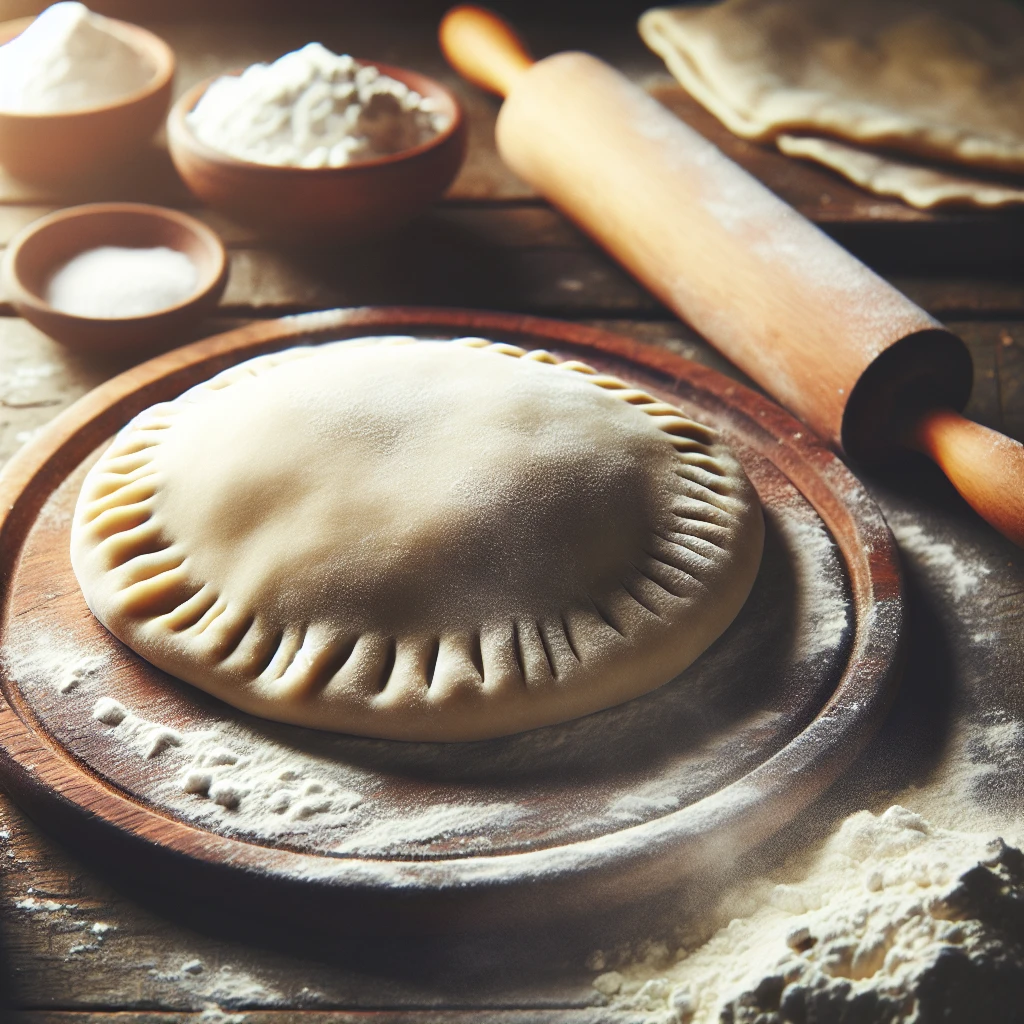
Empanada dough is the backbone of this beloved dish, providing a flaky, tender casing for whatever filling your heart desires. This traditional recipe is your ticket to mastering the art of homemade empanadas, perfect for any occasion.
The heart of any pastry is its flour. For this recipe, we're using all-purpose flour, which strikes the right balance between tender and sturdy. A pinch of salt enhances the overall flavor, making sure the dough isn’t bland.
Unsalted butter is key here. Its role is to create those delightful flaky layers. Dice it small and keep it chilled to prevent it from melting too soon. Egg adds richness and helps bind the dough together. The ice water is your secret weapon for a tender crust; it keeps the butter solid until baking. Lastly, a touch of white vinegar helps prevent gluten formation, ensuring your dough remains tender.
Empanadas are wonderfully versatile. For a traditional touch, serve them with a side of chimichurri sauce or a simple salad. They also pair beautifully with a light gazpacho, especially during hot summer months. For a sweet twist, try dusting sugar on top before baking and serving with a dollop of vanilla ice cream.
Start by whisking together your flour and salt in a large mixing bowl. This ensures that the salt is evenly distributed, so every bite of your empanada is seasoned just right. Next, incorporate the diced butter into the flour mixture. You can use a pastry cutter, but I prefer using my fingers; it's a tactile experience that transforms the mixture into coarse crumbs, almost like wet sand.
In a separate small bowl, beat the egg until it's well mixed, then stir in the ice water and vinegar. This wet mix is crucial for bringing the dough together without overworking it. Gradually add the wet mixture to the dry ingredients. Use a fork to stir it in; this helps keep the dough light. Once it starts to come together, you'll need to get hands-on again. Lightly knead the dough on a floured surface until it's smooth and holds together.
Wrap your dough in plastic wrap, and let it rest in the refrigerator for at least an hour. This resting time is essential; it relaxes the gluten, making the dough easier to roll out later on. Plus, it helps the butter firm back up, which means a flakier crust when baked.